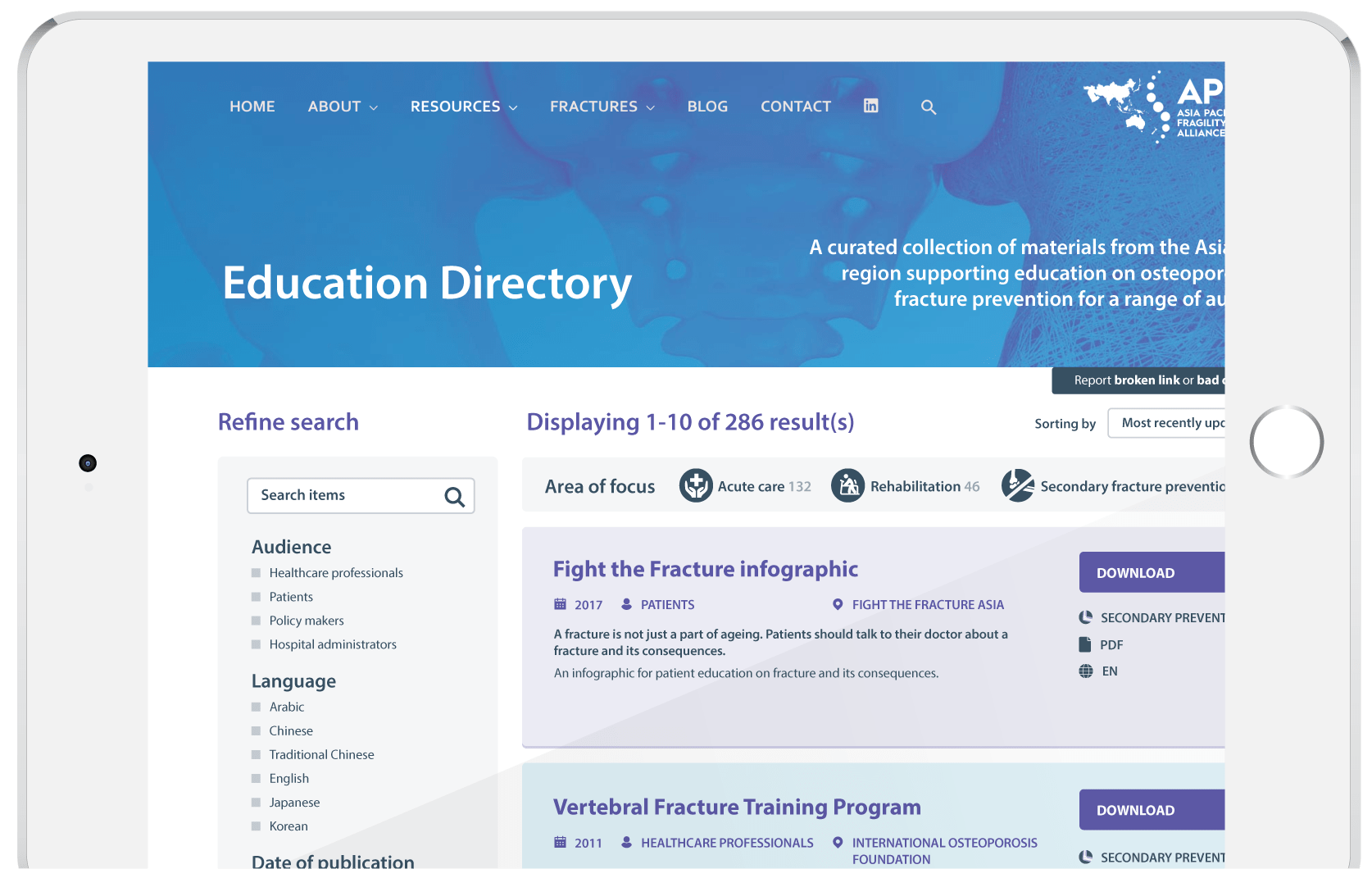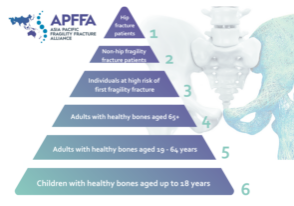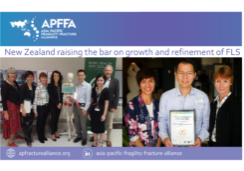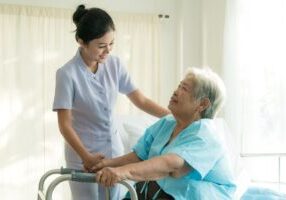APFFA’s vision is to deliver effective care, fewer fractures and better outcomes for people living in Asia Pacific.
Formed on November 29, 2018, the Asia Pacific Fragility Fracture Alliance (APFFA) comprises seven global and regional member organisations from the geriatrics, orthopaedics, osteoporosis and rehabilitation sectors.
The organisation’s primary mission is to drive policy change, improve awareness and change political and professional mindsets to facilitate optimal fragility fracture management across Asia Pacific (APAC).
0
National HipFracture Registries
Explore our new
Education Directory
A curated collection of materials from the Asia-Pacific region supporting education on osteoporosis and fracture prevention for a range of audiences
Simply search and identify resources by target audience, topic, format, source organisation, date and language
Learn from best practice from your peers across Asia Pacific, and globally by accessing shared materials, without duplication of effort
Review and localise these materials according to your needs

Latest news

Call to embed roadmaps for acute and long-term fragility fracture care in the Asia Pacific

New Zealand’s report card on fragility fractures: a review of BoneCare 2020

Appeal for orthopaedic surgeons to more proactively lead and champion bone health

New Zealand raises the bar on growth & refinement of FLS

Study analyses backbone of novel care for fragility fractures in New South Wales, Australia

The APCO Bone Health QI Tool Kit

Hip fracture multi-modal care breaking new ground in Japan

Snapshot of the global landscape of PFC programs
Decade of Healthy Ageing

The number and proportion of the world’s population aged 60 years and above is growing at an unprecedented rate, and is set to accelerate especially in developing countries. An ageing population will continue to affect all aspects of society, with little evidence suggesting older people today are enjoying better health than previous generations.1
In a bid to address the situation, the World Health Organization (WHO) has announced the Decade of Healthy Ageing 2020 - 2030 – a 10-year-long concerted global action initiative designed to improve the lives of older people, their families, and their respective communities.1
Member organisations
Regional and global member organisations constituting APFFA include:

Asia Pacific Geriatric Medicine Network (APGMN)







